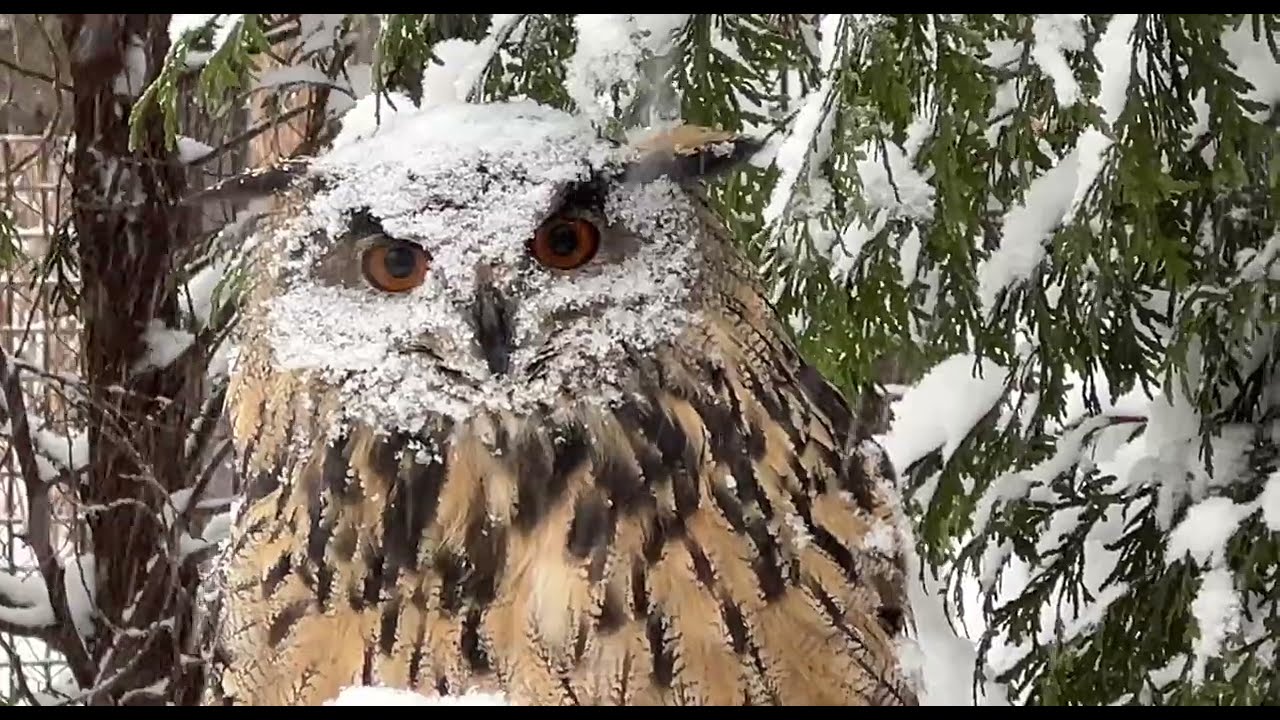- The impact of snow on Cincinnati Zoo animals and their adaptations.
- The role of zoo management in maintaining animal welfare during winter.
- Wildlife conservation efforts associated with the Cincinnati Zoo.
- Educational value of videos showcasing Cincinnati Zoo Animals in the Snow.
- Collaborative efforts in research and conservation at the Cincinnati Zoo.
The onset of winter at the Cincinnati Zoo brings with it an enchanting scene of animals interacting with snow. This iconic vision is more than a fairytale spectacle; it serves as a vital indicator of adaptive behaviors in various zoo inhabitants. Observing Cincinnati Zoo animals in the snow offers significant insights into how different species, from the arctic-tuned species to those from warmer climates, react to low temperatures and snow.
Many animals at the zoo have developed fascinating adaptations to thrive in cold weather. Polar bears, for instance, possess a dense layer of fat and a thick fur coat, which shield them against harsh winter elements. Their large paws distribute their weight effectively, preventing them from sinking into snow, an adaptation crucial for survival in icy habitats. Snow leopards, another highlight during winter, have wide-set paws that act like snowshoes, aiding mobility across snowy terrains. Their thick pelts and long bushy tails play a dual role of insulation and balance, showcasing evolution’s ingenuity.
In contrast, animals not naturally accustomed to snowy environments have their adaptations. Elephants, for example, take advantage of their large size and unique behavior to combat the cold. Though not naturally insulated for freezing weather, they are observed playing with snow, highlighting the innate curiosity and intelligence of these majestic creatures. Such observations help zookeepers monitor animal behavior and well-being during seasonal shifts.
Zoo management plays a critical role in ensuring animal welfare amid these conditions. This involves a multi-faceted approach that encompasses habitat maintenance, nutritional adjustments, and health monitoring. Enclosures at the Cincinnati Zoo are specially designed to offer shelter and warmth, allowing animals to choose between exposure and comfort based on their instincts and needs.
Dietary changes are another aspect of winter management. Animals often require increased caloric intake to maintain energy levels in colder weather. The zoo’s nutritionists craft meal plans that cater to these needs, which sometimes include warm meals or nutrient-rich diets.
Regular health assessments become paramount during the winter months. Veterinary staff conduct routine check-ups, ensuring that the animals do not succumb to hypothermia or other winter-related health issues. Monitoring these aspects helps provide a stress-free environment for zoo residents while offering visitors a lively and bustling atmosphere.
Beyond immediate animal care, the Cincinnati Zoo remains steadfast in its wildlife conservation initiatives. Winter offers a unique opportunity to conduct research on animal adaptation and behavior. These studies contribute valuable data that underline global conservation efforts. For instance, the zoo participates in Species Survival Plans that aim at the preservation and propagation of endangered species.
Furthermore, videos featuring Cincinnati Zoo animals in the snow serve as crucial educational tools. These recordings capture the public’s imagination, offering glimpses into the natural behavior of diverse species. They also present a narrative that promotes awareness about the impact of climate change on wildlife habitats, encouraging viewers to contribute to conservation efforts.
Collaborative efforts in research and education allow the Cincinnati Zoo to work alongside various organizations and academic institutions. These partnerships foster advancements in conserving biodiversity and protecting endangered species. The zoo’s collaboration with international wildlife conservation networks ensures that the strategies developed have a broad applicability, benefiting species beyond zoo boundaries.
Such initiatives underscore the commitment of the Cincinnati Zoo to not only act as an exhibition space but as a pivotal center for conservation and education. By witnessing Cincinnati Zoo animals in the snow, visitors gain a better understanding of species’ complexity and resilience. This experience fosters a personal connection with nature, driving home the importance of conservation efforts.
In conclusion, the snowy landscapes of the Cincinnati Zoo present more than an aesthetic delight; they serve as living classrooms and research labs. By exploring the impressive adaptative strategies of zoo inhabitants, understanding the intricacies of zoo management in winter, and recognizing the zoo’s dedication to wildlife conservation, visitors and researchers alike grasp the profound impact of environmental stewardship. The Cincinnati Zoo is a dynamic testament to what collaborative conservation and education can achieve in preserving our natural world.
*****
Source Description
http://support.cincinnatizoo.org/donate
Subscribe: https://www.youtube.com/user/CincinnatiZooTube/featured
Facebook: https://www.facebook.com/cincinnatizoo/
Twitter: https://twitter.com/CincinnatiZoo
Instagram: https://www.instagram.com/cincinnatizoo/
Find out more at http://www.cincinnatizoo.org


